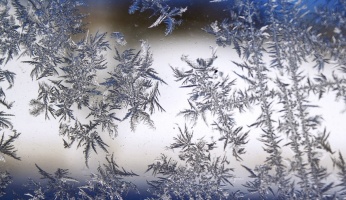Survival Skills: A Complete Guide to Edible Insects
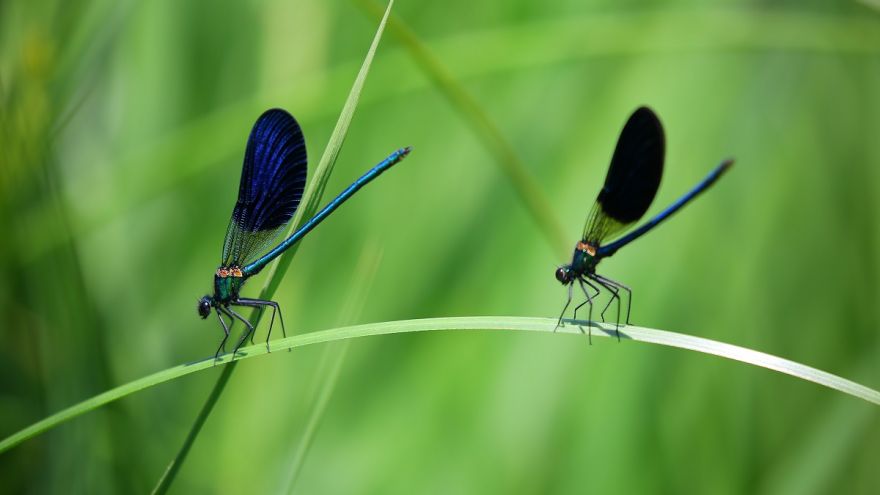 Survival Skills: A Complete Guide to Edible Insects
thegearhunt.com
Survival Skills: A Complete Guide to Edible Insects
thegearhunt.com
What do you think the best thing about bugs is? It is that there are so many different types! I know that everyone won’t agree, but once you open the door to eating bugs, the choices are amazing! It is nigh impossible to try all of them in a single lifetime. Consider that there are grubs that taste like bacon, arachnids that are reminiscent of soft shell crab, and even ants whose flavor reminds you of citrus.
Finding the edible insects
Some chefs, like Peter Gorton, Daniel Creedon, and David Gordon, have been extolling these critters and their flavors for years, and they are still only barely scratching the surface. People all over the world eat insects, but in North America and Europe, eating insects is still almost taboo.
Here is a short list of some of the bugs you can eat. In no way is this list all inclusive. Caveat: There are worms and other critters on this list, but I classify them all as bugs. Please forgive the generalization.
Agave Weevils
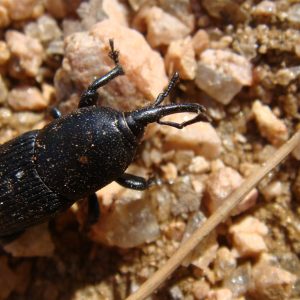
These are also known as the Agave Worm. This is actually a type of beetle, but it gets confused often with moth and butterfly caterpillars. All 3 of those species get their food from the agave plant and they can often be found as proof of the quality in mezcal and tequila bottles. You can fry them to eat them and in Mexico, you can even get them in cans.
Ants
You can find all sorts of ants being eaten across the globe, from the honeypot ant found in Australia to the green tree ant found in Thailand, India, and China, to carpenter ants in the Philippines and Indonesia, and even the weaver ant found in the Congo. The leafcutter ant that is found in Brazil and Columbia is said to taste like a fusion of pistachio and bacon, while the lemon ant that is found in the Amazon is named that way due to the citrusy taste.
Aphids
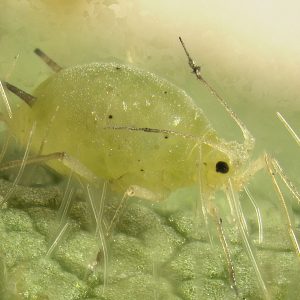 This insect can almost be considered a liquid as opposed to a food because all that they truly ever eat is sap from plants. They use their siphons to suck the liquid right from the phloem of the plant. Their waste is almost like a sugary honeydew, and this is used by people in the Middle East and Mexico. Some people even protect and herd their aphid collection. The honeydew of the aphids can be either sweet or bitter, and this will depend on the plants that they feed on.
This insect can almost be considered a liquid as opposed to a food because all that they truly ever eat is sap from plants. They use their siphons to suck the liquid right from the phloem of the plant. Their waste is almost like a sugary honeydew, and this is used by people in the Middle East and Mexico. Some people even protect and herd their aphid collection. The honeydew of the aphids can be either sweet or bitter, and this will depend on the plants that they feed on.
Bagworms
This creature is a bit strange. In reality, they are the caterpillars that turn into the bagworm moth. These critters build a protective casing around their bodies using leaves and twigs. In Equatorial Africa and Mexico, the larvae are a delicacy. In Madagascar, their pupae are harvested on a massive scale and are considered a treat.
Bamboo Worm
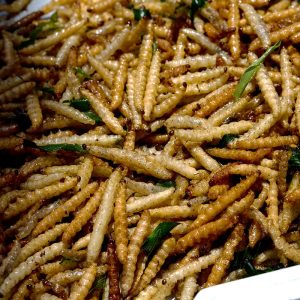
These are also called bamboo borers, and they are the larvae of the grass moth. In parts of China, Laos, Myanmar, and Thailand, these worms feed on the pulp of bamboo. The insect is known as the rot duan (express train) in Thailand because of the shape of it. There, you can find it being sold at nearly every street food vendor you come across in the entire country. This worm is at times confused with the larvae or the bug known as the wood boring beetle, which is another pest for bamboo, but the wood boring beetle is nowhere near as popular as a food item.
Bees
The drones of the honey bee are regarded as a delicacy in China. They are also used in traditional Asian medicine. However, the most popular way of eating them throughout the entire world is when they are still in their larval form. The larvae of bees, be they stingless bees, carpenter bees, bumblebees, or honey bees, are consumed in quite a few countries throughout the West Indies, South America, southern and central Africa, and Asia. It might not be too much of a surprise to find that they taste like a creamy type of royal jelly, since that is what they eat.
Cactus Weevils
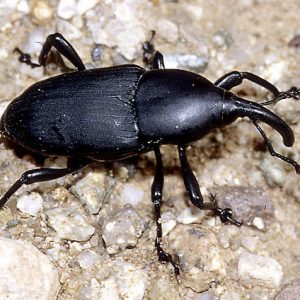 In Venezuela, Mexico, and Ecuador, these weevils are eaten both as adults and in the larval form. They are similar to the agave weevil and are actually in the same family. They feed solely on cacti. They are also regarded as pests due to the fact that the larvae have a tendency to bore through the plant and as adults, they eat it, which often kills it.
In Venezuela, Mexico, and Ecuador, these weevils are eaten both as adults and in the larval form. They are similar to the agave weevil and are actually in the same family. They feed solely on cacti. They are also regarded as pests due to the fact that the larvae have a tendency to bore through the plant and as adults, they eat it, which often kills it.
Centipedes
If you ever get to explore the night markets of Beijing, this is one of the myriad of edible insects you will find. Because of their almost scary appearance, they are more for those who are a bit more adventurous in what they eat. The thing is, the street food stalls that sell them tend to fry them a bit too long, which leaves them tasting like dried sticks of spaghetti.
Christmas Beetles
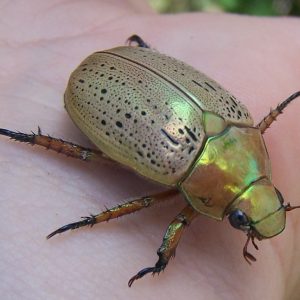
These are commonly eaten by the Aborigines in Australia. That being said, their larvae have been known to the world since Frederick Hope wrote about their consumption in 1842. He described it as wholesome and palatable as well as highly prized by the Aborigines. He also said that the insects that could destroy them were consumed in order to prevent that from happening.
Cicadas
This insect is one of the few that is actually consumed in the United States. They are said to be tasty and tender right after they have molted. The flavor is nutty. People in Nashville have actually made them into a sort of sweet treat that is cooked with buttermilk. They are also eaten in India, Mexico, Malaysia, Thailand, Japan, and China.
Cochineals
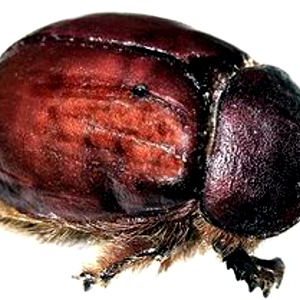 These are scale bugs that get their nutrients by sucking the sap out of the prickly pear cacti. Variations of them are consumed in the Canary Islands and China, but their main use is as the source of the dye known as red carmine. This particular dye has been in use in the Americas since 900AD and, until recently, was being used by Starbucks as a color for their Frappuccinos. You can still find it being used in many foods, including marinades, sausages, cakes, and jams.
These are scale bugs that get their nutrients by sucking the sap out of the prickly pear cacti. Variations of them are consumed in the Canary Islands and China, but their main use is as the source of the dye known as red carmine. This particular dye has been in use in the Americas since 900AD and, until recently, was being used by Starbucks as a color for their Frappuccinos. You can still find it being used in many foods, including marinades, sausages, cakes, and jams.
Cockroaches
When it comes to the Western brain, these insects represent the epitome of nastiness and filth. However, if you feed them only things like fruit and salad, they reportedly taste good and can be very healthy for you. They are eaten in Brazil, Mexico, Malaysia, Thailand, India, China, and Australia.
Crickets
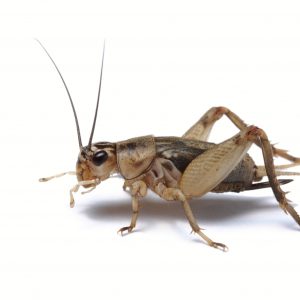
The places where crickets are eaten are too many to list here. Suffice it to say that they are eaten all around the world. In fact, they are more than likely the insect that is most commonly eaten. You can sauté, boil, or fry them. If you decide to roast them, they are said to taste like roasted nuts. People also say that they take on the flavor of whatever they are eaten with, a characteristic that is currently being exploited by a place in Canada called Next Millennium Farms, where they make them taste like cinnamon and apples. This industry seems to be taking off in the Americas, but Thailand alone has over 20,000 cricket farms registered.
Diving Beetles
These beetles are commonly eaten in Southeast and East Asia. In the more affluent areas of China, they are eaten because of cultural tradition. However, they are just as healthy as other insects and are said to have an anti-diuretic effect. In actuality, it is commonly thought that only the poor eat insects. This is, in fact, a misconception. These insects are often priced higher than the more traditional meats.
Damselflies and Dragonflies
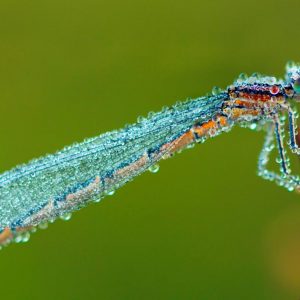 Damselflies and dragonflies are close relatives, and they are eaten all over the world, from places like Papua New Guinea and Asia to those like South America and Central Africa. You can eat these in both the larval and the adult form. The people of Indonesia have found a unique way to collect the adults. They just wave a sticky reed in the air and it attracts the creatures.
Damselflies and dragonflies are close relatives, and they are eaten all over the world, from places like Papua New Guinea and Asia to those like South America and Central Africa. You can eat these in both the larval and the adult form. The people of Indonesia have found a unique way to collect the adults. They just wave a sticky reed in the air and it attracts the creatures.
Earthworms
Pumbaa said that these critters were “slimy yet satisfying” in the movie The Lion King. He wasn’t far off. Earthworms are chock full of nutrients. The thing is, they are also full of what they eat – dirt. Because of this, they should be purged before they are eaten. Most people who eat them will pre-dry them so that they aren’t so slimy. They are often then used in things like stir fry.
Emperor Moths
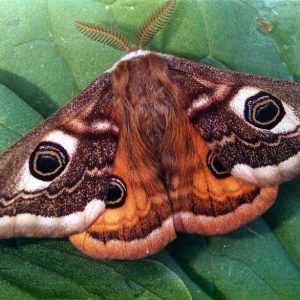
The caterpillars of the Emperor Moth are really a common food all throughout Africa. There are a number of different types and they can easily be found in many African markets. Not surprisingly, they are also quite a common food in Mexico.
Flies
The fly is more than a common pest. They are rich in fatty acids. In fact, they are akin to some of the fish oils in that respect. The pupae of the housefly are said to taste almost like a black pudding. Then you have the black soldier fly. These are used to process waste from organic foods so that they can be used as fertilizers, insect oils, and livestock feed.
Giant Water Bugs
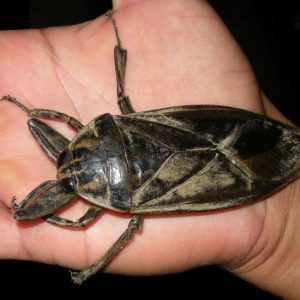 The giant water bug is eaten in Thailand, the Congo, Japan, China, Venezuela, and Mexico. In Thailand they are called toe biters. These really are a fierce looking food that can be found at street vendors. Some people say that they taste like potatoes that are cream flavored, while others say that they have a fruity, salty taste. The locals in Thailand love them when they are pregnant and are full of eggs.
The giant water bug is eaten in Thailand, the Congo, Japan, China, Venezuela, and Mexico. In Thailand they are called toe biters. These really are a fierce looking food that can be found at street vendors. Some people say that they taste like potatoes that are cream flavored, while others say that they have a fruity, salty taste. The locals in Thailand love them when they are pregnant and are full of eggs.
Golden Orb Weavers
This arachnid is also known as the banana spider. There are nearly 75 species of these throughout the southern hemisphere and the tropics. These spiders are the ones that you might imagine walking right into their webs while trekking through the jungle. They are large enough that they have been known to snare bats in their webs and eat them. When they are fried, it is said that they taste like peanut butter.
Grasshoppers
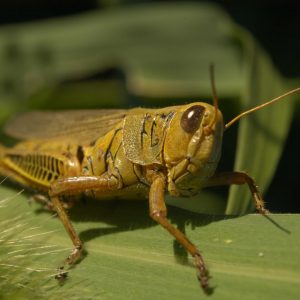
These are akin to crickets and they are also eaten all across the globe. However, not all of them are able to be eaten. The most thoroughly exploited ones are called chapulines down in Mexico. You can often find them toasted with agave worm extract, salt, garlic, and lime on a clay stove.
Hornets
These are basically wasps on steroids. However, they are in the same family as the wasp. In Southeast Asia, Japan, and China, they are eaten in both pupal and larval form.
Hornworms
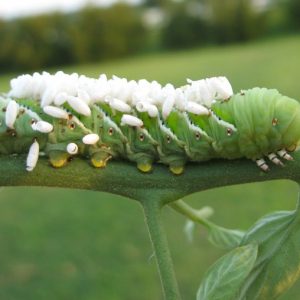 If you have ever seen a hummingbird moth, the hornworm is the larval form. Because they eat a lot of commercial plants, they are considered to be pests. You can find the tobacco hornworm all over North America, and they have to be starved a bit before you can eat them because of their tendency to bioaccumulate and then secrete nicotine. Alternatively, the tomato hornworm, a close relation, is said to taste like a combo of crab, shrimp, and green tomatoes.
If you have ever seen a hummingbird moth, the hornworm is the larval form. Because they eat a lot of commercial plants, they are considered to be pests. You can find the tobacco hornworm all over North America, and they have to be starved a bit before you can eat them because of their tendency to bioaccumulate and then secrete nicotine. Alternatively, the tomato hornworm, a close relation, is said to taste like a combo of crab, shrimp, and green tomatoes.
Huntsman Spiders
Yes, we have another edible spider on this list. There are more than 1,000 species of this spider and they are found where ever there is a tropical climate. They can grow to have a leg span of as much as 12 inches and they don’t construct webs. Instead, they chase their prey down at great speeds. This is how they get their name. Venezuelans and Indonesians just call them food.
Jewel Beetles
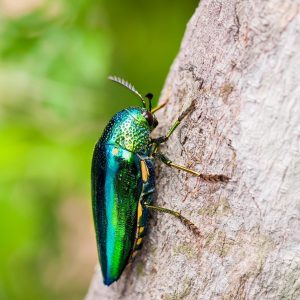
The jewel beetle is a member of the Buprestidae family. They are made up of more than 15,000 species. The larvae of this beetle bore through wood, and some of them will even bore through live trees, which means that they pose a serious pest problem. You can find them being eaten in China, Southeast Asia, and Africa both as larvae and as the adult beetle.
This is just a sampling of the edible bugs of the world. Rest assured, for those of you who are a bit more adventurous with food, there are plenty more out there for you.
Sources
- IFL Science, Five Edible Insects You Should Really Try
- National Geographic, U.N. Urges Eating Insects; 8 Popular Bugs to Try
- Secrets of Survival,The Top Ten Edible Insects in North America
- Backpacker, 12 Edible Bugs That Could Help You Survive






